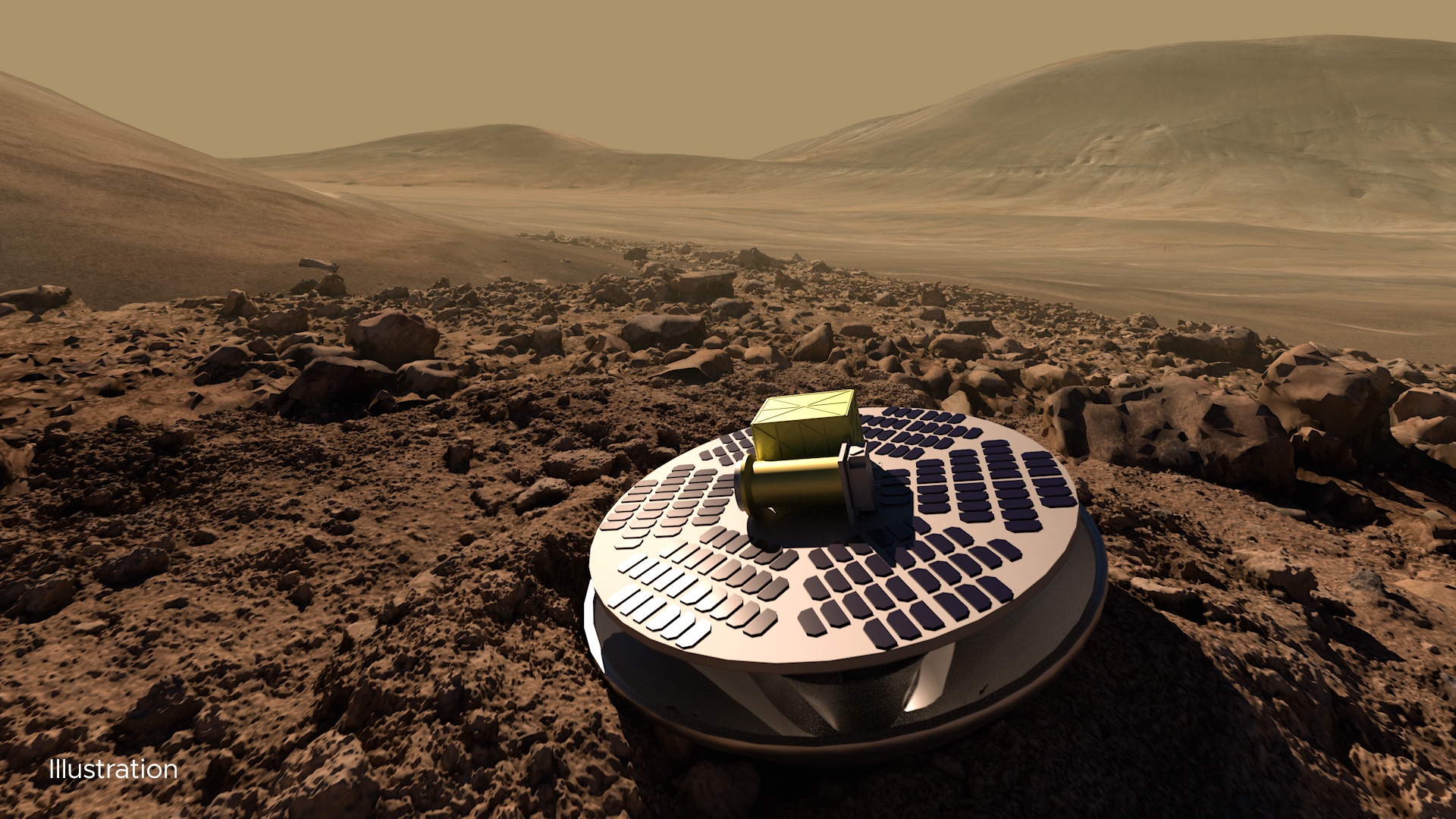For many years, NASA has been conquering Mars using all kinds of landing methods. They included landing parachutes, inflatable pillows and even rocket-powered air cranes. The latter method gently delivered the Perseverance rover to the surface of the Red Planet. Currently, a team at NASA’s Jet Propulsion Laboratory (JPL) in Southern California is testing a new method of launching the spacecraft to the Martian surface — using a deliberate emergency landing.

A video released this week shows the JPL team testing their SHIELD (Simplified High Impact Energy Landing Device) lander concept, which could offer future mission planners an inexpensive way to reach the surface of Mars. According to the video, in order to absorb the impact energy, the SHIELD will be cushioned during a hard landing thanks to an accordion-like platform.
During testing, SHIELD fell to the ground from the top of a tower 27 meters high. To fully test the integrity of the structure, SHIELD landed on a steel plate to make sure that the impact was even stronger than the one it would have experienced on Mars. The accordion-like base clearly receives a strong blow, crumpling at a speed of 177 km/h. But the components inside the Shield, among which was a smartphone, remained intact.
Although this method of landing on the surface of Mars is not the most ideal for large and heavy rovers, but it is quite viable for small devices like SHIELD. Therefore, such an idea can be used in the future to deliver smaller and stronger scientific devices to distant planets. As JPL continues to test and refine SHIELD, we hope that NASA will subsequently use this principle of landing on a real interplanetary vehicle.
Earlier we reported why NASA fired at the spacecraft.
Follow us on Twitter to get the most interesting space news in time
https://twitter.com/ust_magazine

